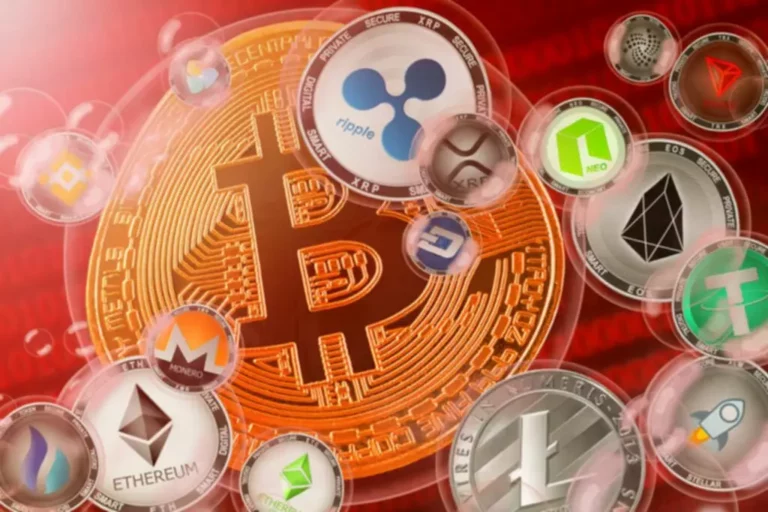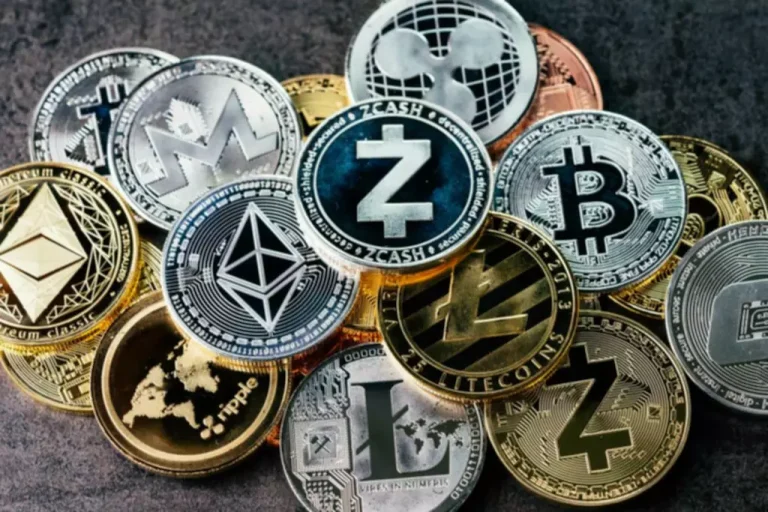Although 0.5% is the standard price on most crypto exchanges, traders ought to regulate slippage tolerance in accordance with their danger resistance earlier than buying and selling. Bear In Mind, a 0.5% slippage tolerance means paying 0.5% more or less than the quoted value. When buying and selling in highly aggressive or low-liquidity markets, prices can change earlier than the order is completed. These orders may fail without slippage tolerance, making traders to overlook potential revenue avenues.

Principally, slippage is when the price that you thought you’ll get for your commerce doesn’t match what happens in reality because of market volatility and time delays. Crypto markets are risky so larger slippages will naturally happen. Automated buying and selling systems are additionally a wonderful method to scale back slippage. To explain, they use superior algorithms to monitor the markets and execute trades much quicker than a human could when favorable circumstances arise. Utilizing this methodology cuts out the potential worth movement caused by human hesitation. Instead, the bot executes a trade shortly and successfully utilizing the initial instructions.
Trade On A Layer 2 Solution
When crypto traders pay more or less than the anticipated value, they experience a phenomenon known as “worth slippage.” It refers back to the predefined range within which a dealer is prepared to just accept price differences between the meant and actual execution of a commerce. This distinction, generally identified as slippage, can happen as a result of market uncertainty, low liquidity, or the rapid tempo of price changes during high-demand intervals.
Slippage Is Simply One Side Of Crypto Buying And Selling
It ensures trades are executed despite minor worth changes, preventing missed probabilities in shifty or illiquid markets. Scalpers and high-frequency merchants depend on fast execution and cope with smaller revenue margins. Slippage tolerance permits such merchants to execute multiple trades shortly, even during slight worth adjustments, guaranteeing that their strategies stay efficient and efficient. Markets like crypto or Forex can expertise main worth shifts within seconds. Slippage tolerance assures that trades are executed even if https://www.xcritical.in/ the worth shifts barely. This is especially useful throughout excessive volatility, the place the danger of missing a trade as a outcome of minor worth increases is high.
The bear market is the right time to study the fundamentals of crypto trading and earn some quick wins in small trades. In this sense, we’re right here to information you into some buying and selling phrases you have to know to begin your journey. That’s a crypto slippage lack of £10,000 per BTC—about 15% lower than the value he expected.
For instance, if a trader sets a slippage tolerance of 1%, they’re willing to merely accept a difference of as a lot as 1% between the meant trade price and the executed trade price. If the slippage fee exceeds this threshold, the trade will not be executed. Let’s say you’re buying and selling crypto and want to buy a token at $1.00. If the value jumps above that during the trade, the platform cancels the order. On decentralized exchanges, every commerce goes via the blockchain. When networks like Ethereum get congested, your transaction might need to wait in line—while prices maintain transferring.
What’s Constructive And Adverse Slippage?
If you’re trading a token with low liquidity, it’s harder to match your order precisely. The system fills your trade using the closest available costs, which may not be ideal. That’s a common cause of huge slippage, particularly on small-cap coins. The second you place an order, the market would possibly shift—especially if you’re trading during high volatility or with large orders. If you want to calculate the slippage amount for a commerce, you can divide the difference between the expected price you wanted to enter the commerce and the price at which the trade was executed. For an extended (buy) place, you would take a look at the asking (buy) value; for a short (sell) position, you’ll have a look at the bid (sell) value.

Slippage is the distinction between the expected value of a commerce and the actual price at which it is executed. Slippage occurs because of price fluctuations between the second a commerce is confirmed and the time it’s processed on-chain. Slippage can be positive (favorable) or adverse (unfavorable), relying on how the price moves before trade execution.
- There won’t be sufficient consumers or sellers at your goal worth, so the system fills the remainder at worse prices—creating slippage.
- This is more widespread and undesirable for traders, who obtain fewer tokens or pay greater than anticipated.
- These requoted prices reflect the fast value adjustments in a selected market.
- DEXs let you management tolerance settings, while CEXs often disguise slippage behind quick execution.
- This process requires each events to be “reside” available within the market for the order guide to match and settle their trades.
Slippage just isn’t one thing traders ought to draw back from but somewhat a phenomenon to embrace as a half of buying and selling in decentralized markets. It displays the dynamic nature of liquidity swimming pools and AMMs, which repeatedly regulate prices based mostly on provide and demand. Instead of making an attempt to avoid slippage altogether, traders should perceive it and learn how to manage it successfully. To provide crypto traders with most control, dYdX offers dozens of advanced features to set exact price levels. DYdX facilitates entry to a custom slippage tolerance tool so users can preset their most popular share.
The reason for that is that when a market has low volatility, the value modifications are extra regular. With greater liquidity, there are additionally many market members, which increases the likelihood of your orders being executed on the desired value. This type of occurrence happens when the market is experiencing high volatility levels, and price fluctuations happen more quickly and frequently. Slippage is the distinction between the value at which you anticipated the order to be executed and the precise value at which the order was executed. As talked about above, it could occur on any market, corresponding to forex, individual equities, shares, or indices, when unfold betting or buying and selling CFDs.
Given the chaotic motion of crypto costs, no sane investor would suppose that purchasing or promoting property like Ethereum or Bitcoin or other crypto is as predictable as buying and selling stocks. Slippage tolerance is the maximum percentage by which a trade’s fill worth can differ from the order value What is Slippage Tolerance. Market orders, particularly, could be problematic since they allow the worth to move against you before settling. Restrict orders avoid slippage by permitting traders to put bids with out having to fret about getting hit by a market order at a later date.
But when the market for a particular cryptocurrency is sizzling, or there’s tons of buying and selling action (i.e., during a bull market), slippage becomes extra pronounced. Taking the Uniswap example above, maybe Constant function market maker the app quotes you ~122 UNI tokens, but you discover yourself with 121 UNI, or if you’re lucky, more than the quoted swap. Slippage tolerance is a setting that can be outlined on various DeFi platforms to help limit the quantity of slippage suffered when making a trade.
